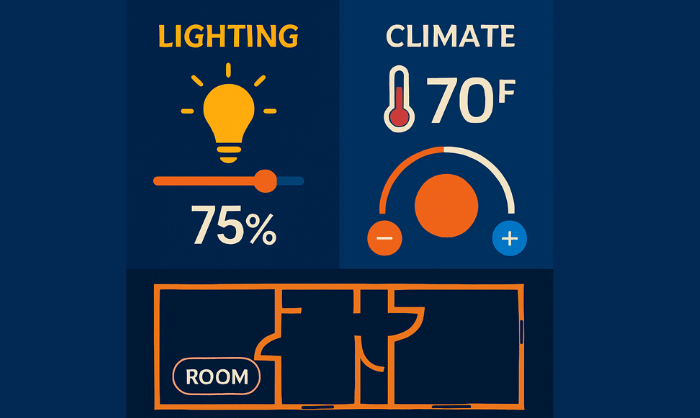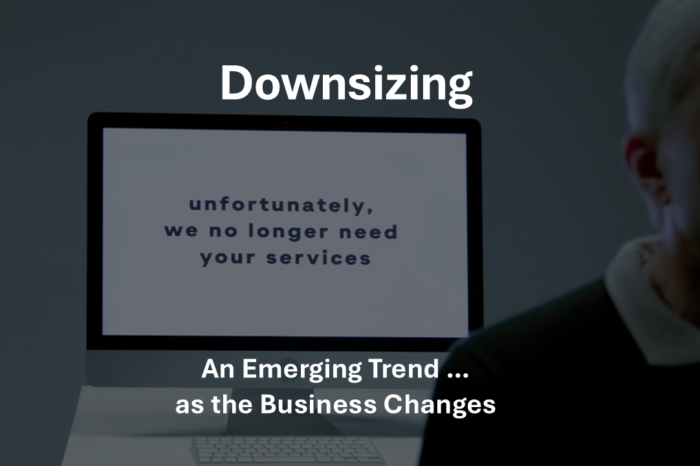Diversification as a Distributor Growth Strategy
 The concept of diversification seems to be coming more prevalent.
The concept of diversification seems to be coming more prevalent.
Ferguson shared that pursuing diversified customers is a viable strategy as they have identified the contractor trend of dual trade contractors and are bringing HVAC parts and supplies to more locations to earn “just showing up” share. At some point it is inevitable that they will do the same with electrical material, tailored to a targeted electrical market segment.
Recently Gene Biben wrote about the opportunity for independent manufacturer representatives to diversify. We’ve seen it with “supply” reps first picking up “white goods” lighting lines and more and more expanding into the broader architectural lighting offering and becoming what we call “full-service” and having a robust lighting offering (dare we say a combined supply rep + lighting agent.) Rep diversification has included utility lines, HVAC lines, automation and more. There are also reps that are multi-vertical and leveraging their systems.
Many distributors are already diversified. Obviously, Ferguson is. Sonepar and Rexel operate HVAC businesses in Europe and, who knows, may have plans to bring the concept to the US and leverage their operational platforms. There are many distributors that also serve the plumbing and/or HVAC market as well as offer electrical materials … or all three.
But this fall’s acquisition market may be turning a different page with distributors making diversified acquisitions.
- Kirby Risk recently diversified in the industrial space, doubling down in the automation, and more specifically, the robotics segment. With the industrial market expected to grow due to reshoring, labor shortages and the need for automating production, and companies seeking to install robots to increase productivity while reducing unit costs, Kirby Risk’s acquisition of CIM SYSTEMS ROBOTICS could accelerate opportunities and enable the company to serve its customers, and a broader customer segment, in a more robust manner. Could this be a way of capitalizing on IIoT, Industry 4.0, and Robotics trends? Complete Rockwell’s robot automation initiatives?
- PC Clark, the small Campbellsville, Kentucky-based plumbing and electrical supply distributor, was sold to Master’s Supply, a 10-location plumbing and HVAC distributor. Master’s is an ESOP. PC Clark provides a small diversification play that could be expanded and may also be a location expansion opportunity for Master’s.
- Another small distributor, Grove Electric & Lighting Supply, based in Grove, OK, was sold to Raven Resources. Raven Resources is an investment firm with a number of small investments, some of which are land / construction projects. Another firm of diversification … potentially personal asset diversification? Perhaps vertical integration?
Take Aways
- For electrical distributors seeking growth and improved profitability, diversification can be an answer. Plumbing and HVAC distributors have higher growth margins and, if you can leverage existing infrastructure (computers, warehouse space, back-office operations) the primary incremental cost may be inventory, salespeople (inside and outside), and purchasing expertise. And if you are already an AD / IESD member, the entire business can be in one group and earn rebates.
- For a distributor planning to be independent for an extended time, or an ESOP, diversification also helps build a moat around the business as the business becomes less attractive to a single vertical distributor but perhaps more attractive to a different type of acquirer in the future … if / when you desire.
- Diversification can represent a growth strategy beyond the acquisition. The first step is analyzing your existing customers and determining which / how many are dual trade contractors. Take a quick glance at your customer list and identify how many have business names that include another Plumbing, or HVAC, or Mechanical. Perhaps have your counter, inside, and outside people ask. Then acquire a list of contractors by NAICS in your area and compare for commonalities. Next you know, you may have enough of a list to emulate Ferguson’s research.
And acquisition is the easiest and quickest way to acquire talent, salespeople, inventory, access to suppliers, and more customers … some of whom you’ll also be able to sell electrical material to (and yes, a percentage of HVAC distributor sales is electrical material, same with plumbing distributors.
If you believe that the residential and light commercial markets in your area will grow, this can be a viable strategy. For larger decisions, acquisitions of larger HVAC and plumbing distributors, but especially HVAC, can also generate other opportunities with larger commercial and industrial opportunities.
While the most obvious complements are industries that tie to MEP, depending upon your business it could be utility, tool, industrial supplies, janitorial supplies, robotics, an automation distributor or other type of “distributor / wholesaler”. With technology helping train staff, and staff turnover and hence lack of product knowledge perhaps becoming less of an issue, perhaps the key is supply chain proficiency and you’re an “expert” in selling, marketing, and moving “parts and pieces”.
Perhaps tomorrow is not the same as today, let alone yesterday.
Could diversification be a viable growth strategy for you, especially if you are thinking 2030 and beyond?
Is being a generalist bad? Or if you want to be a specialist, are you “deep enough?”























